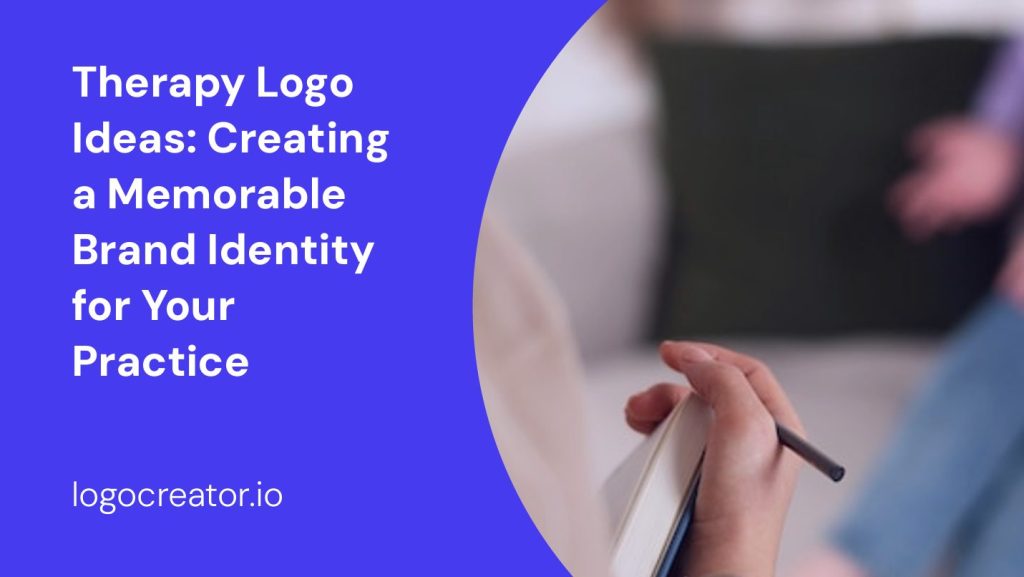As a therapist, your logo is an essential element of your brand identity. It serves as a visual representation of your practice and can make a lasting impression on potential clients. A well-designed therapy logo can convey your professionalism, expertise, and the values you uphold. In this article, we will explore some therapy logo ideas to help you create a memorable and impactful logo for your practice.
Understanding the Importance of a Therapy Logo
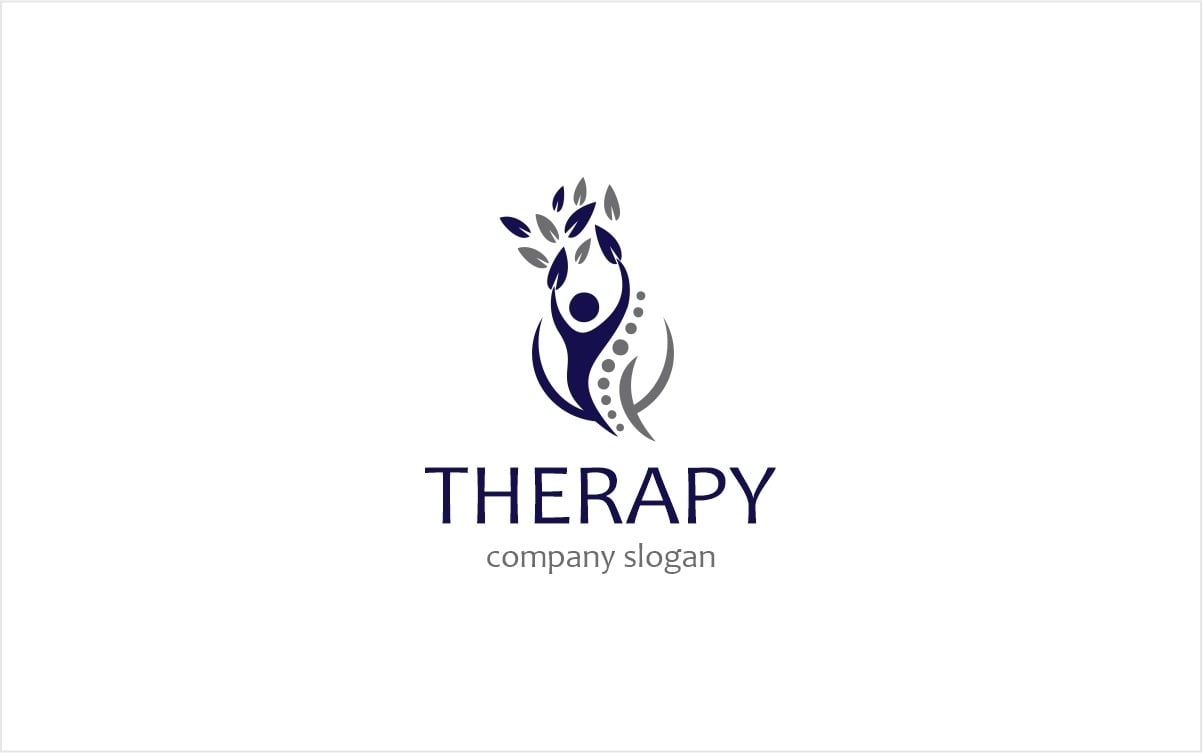
Before diving into the realm of therapy logo ideas, it’s crucial to understand why having a well-designed logo is essential for your practice. Here are a few reasons why a therapy logo is important:
1. Establishing a Professional Image
A therapy logo helps establish your practice as a professional and reputable entity. It gives potential clients confidence in the quality of your services and sets you apart from competitors who may not have a strong brand identity.
2. Building Trust and Credibility
A well-designed therapy logo can create a sense of trust and credibility with clients. It shows that you take your practice seriously and that you have invested time and effort into crafting a professional brand image.
3. Differentiating Your Practice
With the growing number of therapists in the industry, it’s crucial to differentiate yourself from the competition. A unique and eye-catching logo can help you stand out and make a memorable impression on potential clients.
Key Elements to Consider for Your Therapy Logo
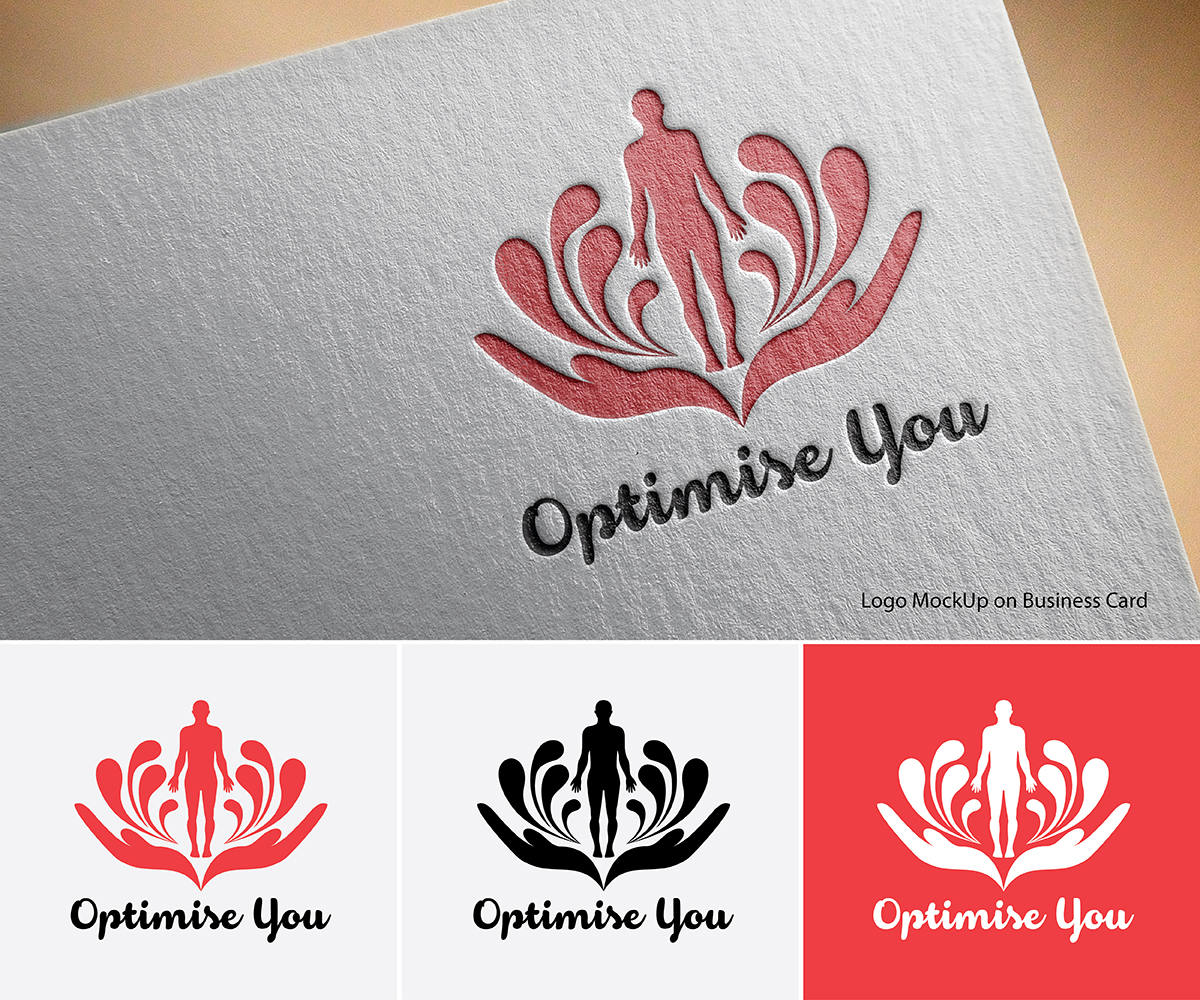
When brainstorming therapy logo ideas, there are a few key elements to consider. These elements will help you create a logo that effectively represents your practice and resonates with your target audience. Let’s explore them in detail:
1. Color Palette
Choosing the right colors for your therapy logo is crucial, as colors have a significant impact on human psychology and emotions. Different colors evoke different feelings and can convey the essence of your practice. For instance:
- Blue: Often associated with trust, peace, and stability, blue can be a great choice for therapy logos, as it conveys a sense of calm and reliability.
- Green: Symbolizing growth, harmony, and balance, green can be ideal for therapists focusing on holistic healing or nature-based approaches.
- Purple: Representing creativity, spirituality, and transformation, purple can be suitable for therapists specializing in art therapy or spiritual counseling.
Consider your target audience and the emotions you want to evoke when selecting your therapy logo’s color palette.
2. Typography
The choice of typography in your therapy logo plays a significant role in conveying the personality and tone of your practice. Different font styles evoke different emotions. For example:
- Serif fonts: These fonts are elegant, traditional, and often associated with professionalism and reliability. They can be a good choice for therapists who want to convey a sense of expertise and trustworthiness.
- Sans-serif fonts: These fonts are clean, modern, and often associated with simplicity and clarity. They work well for therapists who want to project a contemporary and approachable image.
Ensure that the typography you choose is legible and easy to read, as clarity is essential in conveying your practice’s message.
3. Iconography and Symbols
Including relevant icons or symbols in your therapy logo can enhance its visual appeal and help communicate the nature of your practice. Some common symbols used in therapy logos include:
- Trees or leaves: Symbolizing growth, renewal, and connection with nature.
- Hearts: Representing compassion, empathy, and love.
- Puzzle pieces: Indicating problem-solving, understanding, and the therapeutic process.
Choose symbols that align with your practice’s values and the message you want to convey to potential clients.
Therapy Logo Ideas for Inspiration
Now that we have discussed the key elements to consider for your therapy logo, let’s explore some therapy logo ideas to inspire your design process:
1. Nature-Inspired Logo
If your therapy practice focuses on ecotherapy or promotes a connection with nature, consider incorporating elements such as leaves, trees, or water in your logo. Combine earthy tones such as green and brown with a calming font style to create a logo that reflects your nature-based approach.
2. Abstract Logo
An abstract logo can be a great way to represent the complexity and depth of the therapeutic process. Use geometric shapes or brushstroke-inspired designs to create a unique and visually appealing logo. Opt for contrasting colors that evoke the emotions you want to convey.
3. Heart-Centered Logo
For therapists who prioritize compassion and empathy, a heart-centered logo can be a powerful choice. Incorporate a heart symbol into your logo design and pair it with soft and warm colors like shades of pink or purple. Consider using a handwritten font to add a personal touch.
4. Minimalist Logo
Sometimes, simplicity speaks volumes. A minimalist logo can be clean, modern, and memorable. Focus on using a simple icon or symbol that represents your practice, paired with a clean sans-serif font. Opt for a monochromatic color scheme or use a single color to create a minimalist aesthetic.
5. Wordmark Logo
If you want to emphasize your practice’s name, a wordmark logo can be an effective choice. Select a font style that reflects the tone of your practice, and experiment with different typography treatments such as letter spacing, sizing, or embellishments. Consider adding a subtle icon or symbol to complement the text.
Bringing Your Therapy Logo to Life
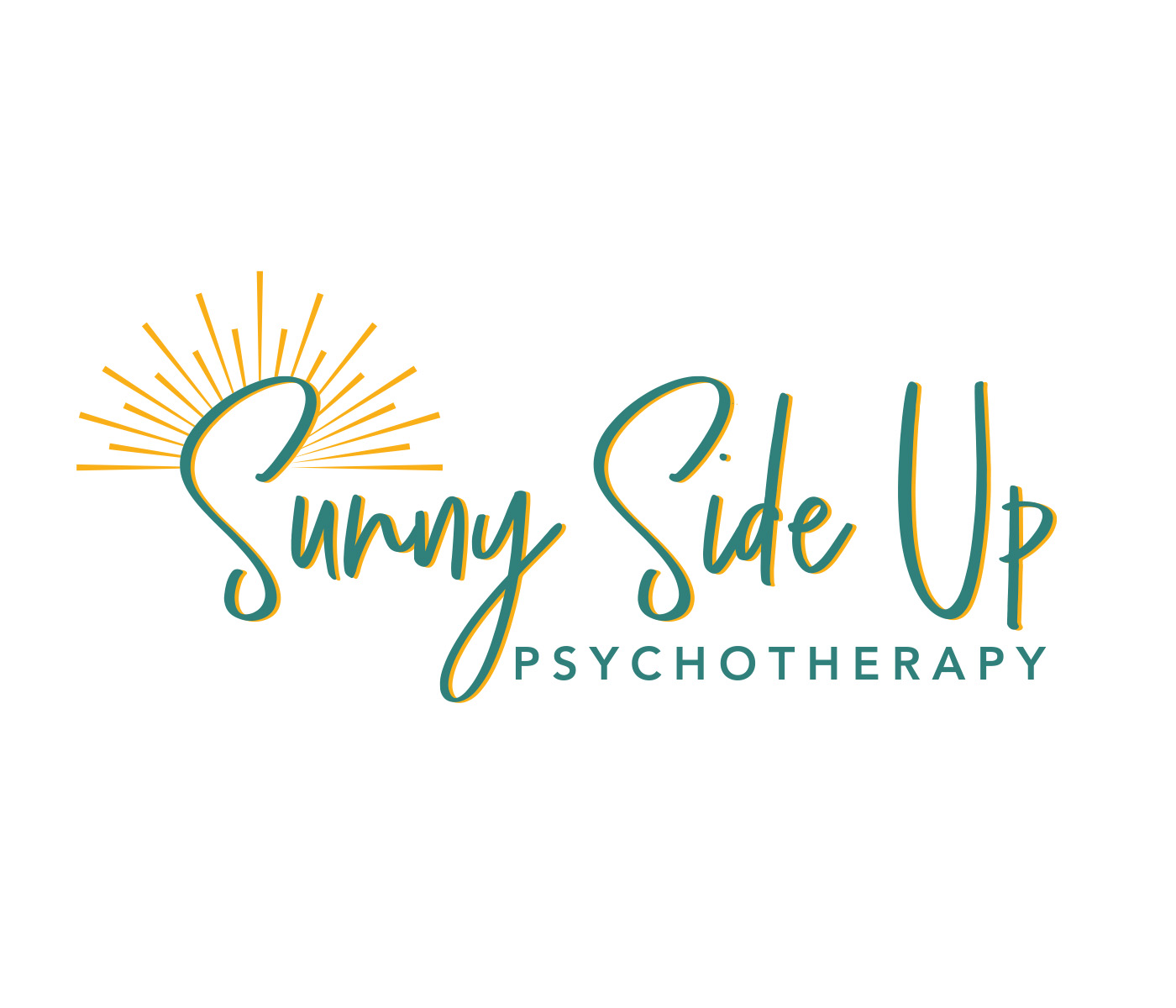
Once you have chosen a therapy logo idea that resonates with your practice, it’s time to bring it to life. Here are a few steps to follow:
1. Sketch and Conceptualize
Start by sketching out your logo ideas on paper. Explore different compositions, iconography, and typography options. Don’t worry about perfection at this stage; focus on capturing your initial concepts.
2. Digitalize Your Design
Once you have a clear vision of your logo, transfer your sketch into a digital format. You can use graphic design software such as Adobe Illustrator or Canva to create a clean and polished version of your logo.
3. Refine and Iterate
Refine your design by experimenting with different color palettes, fonts, and layouts. Seek feedback from colleagues, friends, or trusted professionals in the industry to gather different perspectives and refine your logo further.
4. Test and Adapt
Test your therapy logo across different platforms and mediums to ensure its versatility. Make sure it looks appealing and legible across various sizes and backgrounds. Adapt your logo as needed to maintain its visual impact in all contexts.
Conclusion
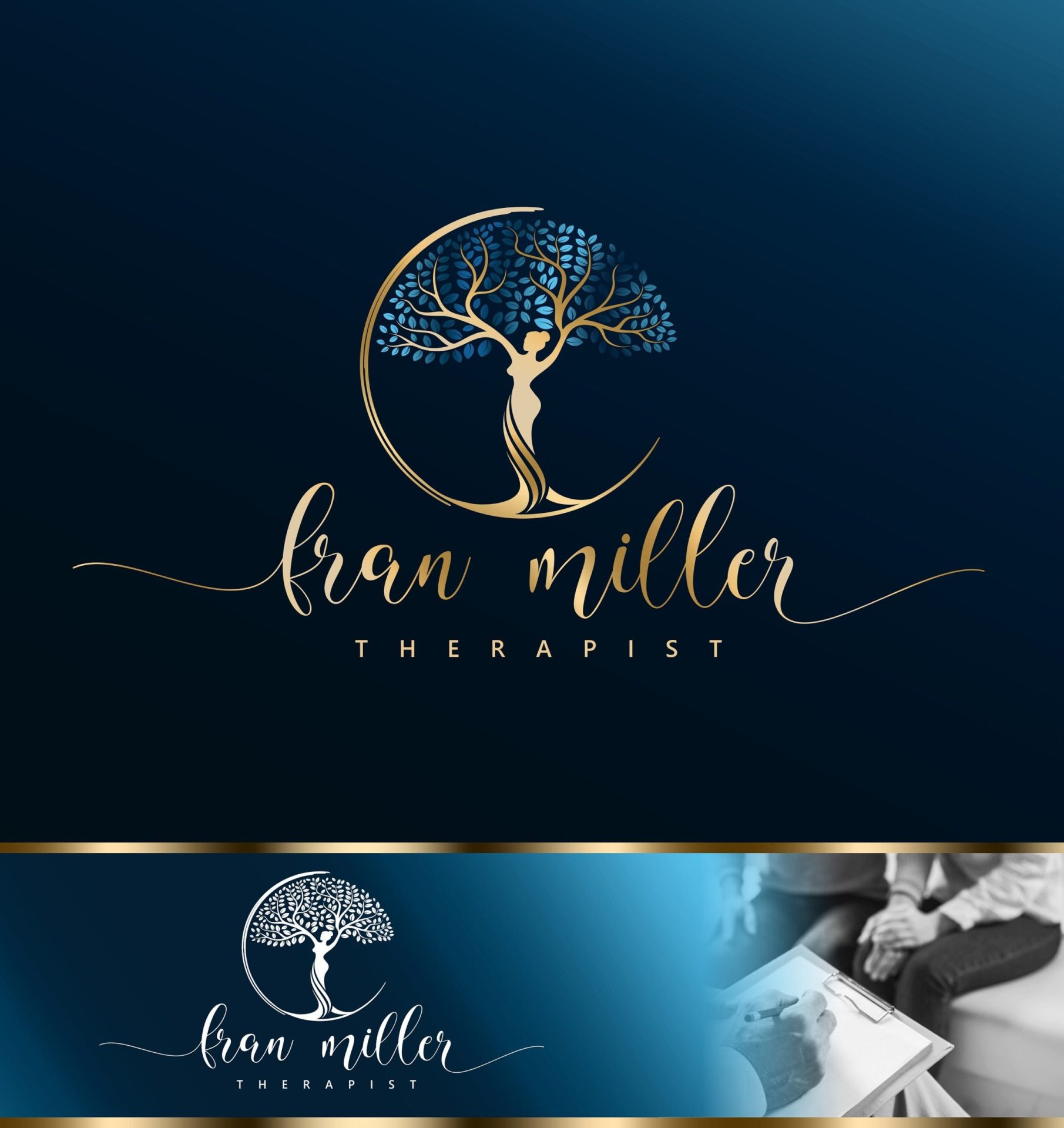
Creating a therapy logo that captures the essence of your practice is an important step in establishing your brand identity. By considering elements such as color, typography, and symbols, you can design a logo that resonates with potential clients and sets you apart from the competition. Remember, your therapy logo should be a visual representation of your professionalism, expertise, and the values you uphold. So, explore different therapy logo ideas, unleash your creativity, and create a logo that embodies the essence of your practice.
Barry Edwards is a digital marketing expert with a deep understanding of content strategy, logo, and branding principles. Holding a Bachelor’s degree in Marketing from Beaconhill College, he offers valuable insights on digital marketing trends and strategies through his writing. Follow Barry’s work to stay updated on the latest in online marketing and branding.
